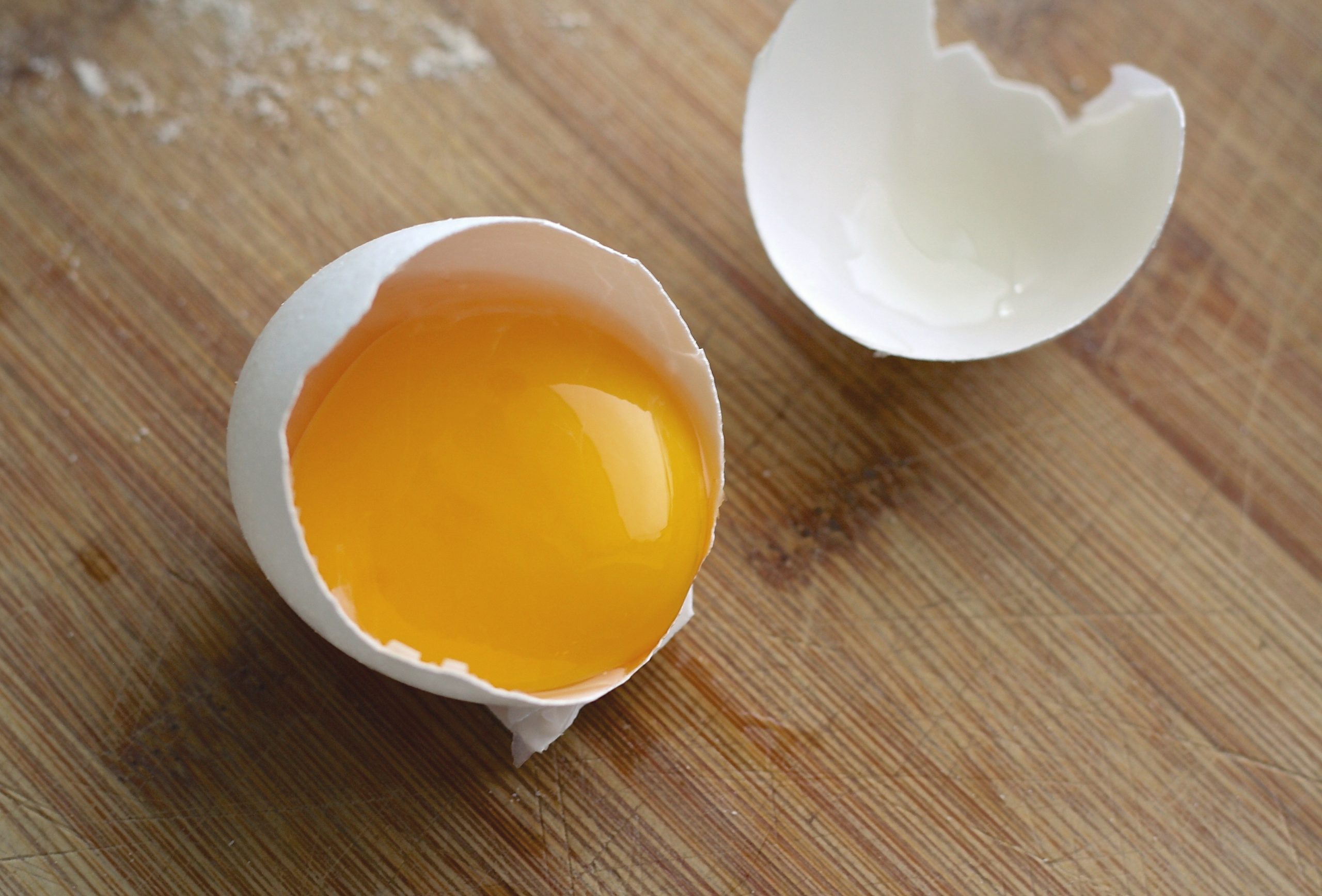Preference plays o great role while cooking the yolks. As its texture and flavor changes while it is cooked, some people prefer it lightly cooked. If you cook it thoroughly, you can be certain to get over any bacteria. And if eating uncooked egg is not necessary healthy, lightly cooked yolk brings in some health benefits especially with regards to cholesterol.
Eradicate bacterial contamination
Before their spreading to the market, eggs are sanitized at processing facilities. And according to the University of Minnesota, the probability of meeting salmonella is 1 in every 20,000 eggs. Sometimes, you may be bluffed by the internal and external appearance of the egg.
In fact, despite its normal and has a clean appearance and its uncracked shell, egg can contain different types of bacteria. In order to kills these bacteria; you should cook the liquid egg yolk as heat destroys them. But the quantity of bacteria that can be smashed hangs on how many times you cook the egg. With a runny white or yolk, the bacteria can still be present.
Increase Nutrient Retention
The egg yolk brings up the majority of the whole egg’s nutrients. It includes iron, calcium, zinc, vitamin B-6, folate and vitamin B-12. A liquid yolk also gathers hundred percent of the whole egg’s vitamin A, which contains two antioxidant carotenoids , thelutein and the zeaxanthin — that are very helpful for the eye’s health.
These two nutrients are vulnerable to heat. So, during the cooking precess, you can make sure to cook them lightly if you want to get more from your eggs. According to a report in the “Journal of Agricultural and Food Chemistry” in December 2012, if you boil your eggs, nearly 23 percent of the lutein will be lost. But if you cook them in microwave or fry them, only 17 to 19 percent of it will be lost.
Prevent from increased Oxidized Cholesterol
The yolk contains all of the egg’s cholesterol. When this last is exposed to heat while the egg is cooked, some of it rusts. Sometimes, it may combines with oxygen and gives new substances named oxysterols.
Once you eat oxysterols, they become active compounds that support regulate fat metabolism. They also contribute to the toughening of the arteries. But to support this theory, there are many researches that aim at determining the role of dietary oxysterols. They also tend to prove if they increase or not the risks of cardiovascular disease. By the way, if you eat lightly cooked yolks, you’ll get fewer oxysterols.
Safe Handling Tips
In order to minimize the risks of consuming bacteria, you should refrigerate your eggs and cook them thoroughly. In the market, pay attention to their look and make sure to bring home clean and non-cracked shell. Once at home, refrigerate them as soon as possible as this process stops bacteria from growing.
Boiling egg is the most sure way to cook it and killing all bacteria at the same time but if you don’t like them this way, you can fry them two to three minutes on each side. Poaching them for five minutes in boiling water is also efficient. If you want to get soft-cooked eggs, make sure to bill them for seven minutes. And finally, never keep cooked eggs at room temperature for more than two hours before storing them back in the fridge.
Drinking egg and its benefits
Raw eggs are real source of protein to your diet. For instance, notice that in one egg, you can get approximately 6 grams of protein. This amount represents less than 1 gram of carbohydrate and 186 milligrams of cholesterol per large egg.
Remember also that an egg is a little bundle that is full of vitamins, minerals and nutrients such as fat-soluble vitamins A and D and B-complex vitamins B-2, B-12, B-7, niacin and folate. They also help meet your calcium, iron and potassium daily requirements, and they contain the carotenoids lutein and zeaxanthin, which are responsible of the protection of your eyes from retinal damage and cataracts.
The fact of cooking eggs decreases the nutrients that are affected by heat. They generally include vitamins A and D and B-complex vitamins such as folate.
